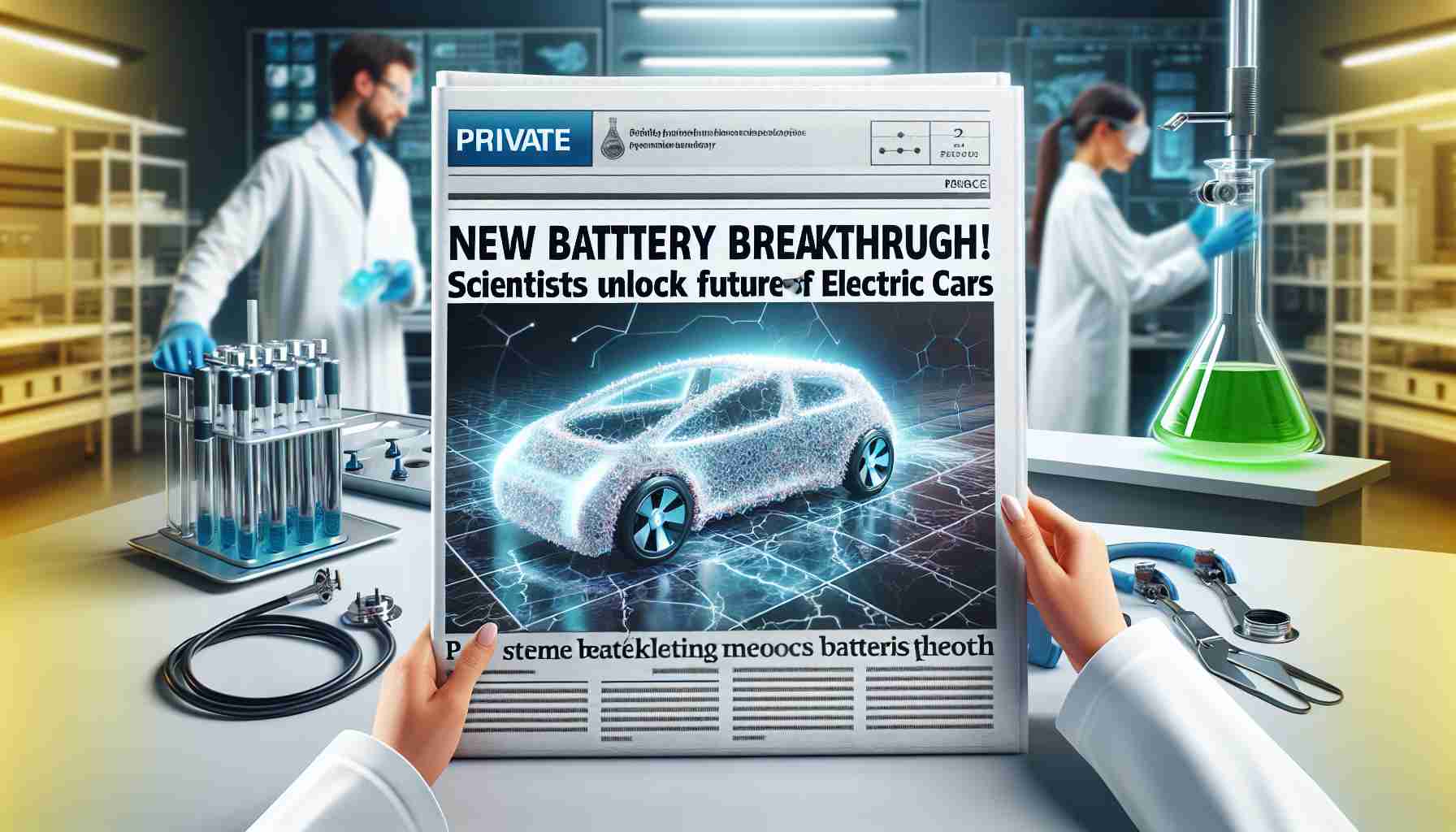In a quest to revolutionize battery technology, researchers at Canada’s McGill University have made a groundbreaking advancement by developing a porous ceramic electrolyte. This innovation addresses critical resistance issues at the interface of electrolytes and electrodes, a major concern in battery performance.
Electrolytes Play a Key Role
In conventional batteries, ions travel between electrodes through a liquid electrolyte. However, solid-state batteries, considered the future of energy storage, use a solid electrolyte. These batteries promise to be lighter, safer, and capable of faster charging with extended lifespans. Yet, they face challenges in production and optimization, as noted by Top Speed and Forbes.
McGill’s team, led by Professor George Demopoulos, has created an electrolyte that significantly enhances ion mobility. This new material allows lithium ions to move without hindrance, thereby reducing interface resistance and offering a superior battery performance. The innovation establishes a stable interface suitable for high-voltage applications, which is a critical goal for the energy industry.
A Global Effort for a Common Goal
This research is part of a worldwide effort, with other scientists, including those in South Korea, working on solutions for solid-state battery production. The adoption of these advanced batteries could boost the ever-growing EV market, which saw a 25% increase in sales to three million vehicles in the first quarter of this year alone.
With ongoing research and development, these advancements could soon pave the way for safer and more efficient electric vehicles, bringing us closer to a sustainable future.
Could Porous Ceramics Be the Key to a Battery Revolution?
As we stand on the precipice of a technological revolution, the development of advanced battery technologies has never been more crucial. While McGill University’s recent creation of a porous ceramic electrolyte marks another step forward, the implications for humanity and technology are profound, exceeding the insights shared in previous reports.
How Does This Innovation Expand Our Horizons?
Firstly, the development of porous ceramics within battery technology offers a new paradigm for energy storage solutions. Beyond merely enhancing ion mobility, this advancement could open doors to reshaping infrastructure across various sectors. Energy Grid Transformation: Implementing these safer, more efficient batteries within national grids could stabilize energy supply and reduce dependence on fossil fuels. Transforming Remote Power Supplies: For remote and underdeveloped areas, the use of durable and efficient batteries might improve energy accessibility, ushering in socioeconomic growth.
The Challenges We Must Confront
However, these technological leaps come with their own set of challenges. Manufacturing Hurdles: The shift to solid-state, high-voltage-capable batteries means that current manufacturing processes need to adapt or be entirely reimagined, a costly and time-consuming endeavor. Material Availability: Access to the required ceramic materials could be limited, impacting large-scale production abilities. Recycling and Disposal: The shift to new materials calls for updated recycling methods. Without effective recycling strategies, we risk significant environmental impacts.
Intriguing Questions and Debatables
As with any technological advancement, there are points of contention. Is Consumer Readiness Overestimated? While the technology advances, the question remains whether the market, in terms of infrastructure and consumer behavior, is ready for widespread solid-state battery adoption. Cost vs. Benefit Analysis: The balance of initially higher costs with long-term gains continues to be debated. While the potential exists for solid-state batteries to reduce lifetime ownership costs of electric vehicles, upfront costs may still hinder large-scale adoption.
Will these breakthroughs lead to true independence from fossil fuels in the near future? If energy-efficient technologies such as these reach maturity, they could become the backbone of a global transition to sustainable energy.
Drawbacks and Promises
While addressing drawbacks like manufacturing complexity, the advantages of porous ceramic technology are significant. Increased Safety and Longer Lifespan: Safer due to the reduced risk of leaks and improved thermal stability, these batteries could last longer, reducing waste. Advanced Performance in Extreme Conditions: Porous ceramics could allow batteries to perform more reliably in extreme conditions, further expanding their application range.
Further Reading and Exploration
Curious about the future of battery technology and its impact on humanity? Discover more at Forbes and Top Speed. These resources provide in-depth analyses and forecasts that can enrich your understanding of this rapidly evolving field.
The journey to a new energy landscape, fraught with challenges and opportunities, is underway. This breakthrough in battery technology, while still developing, promises a wealth of possibilities and poses questions that will engage researchers and innovators for years to come.







